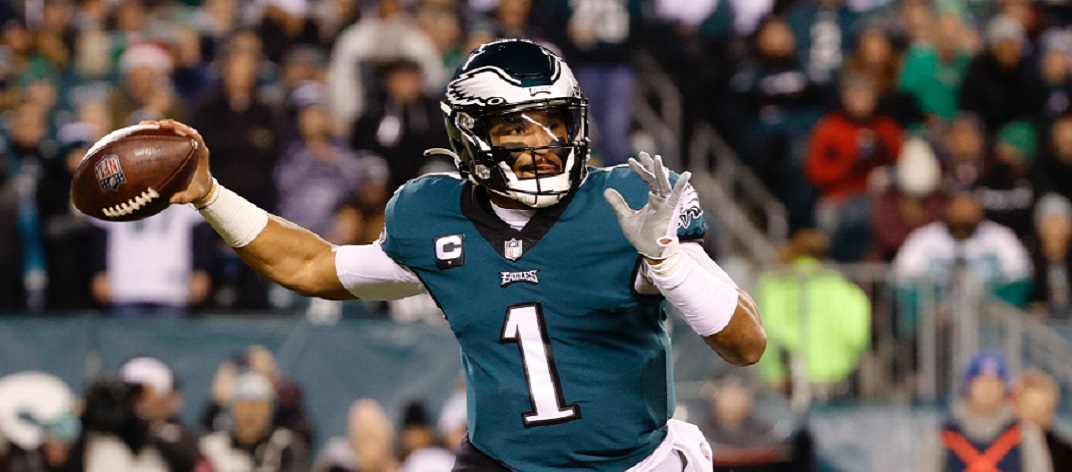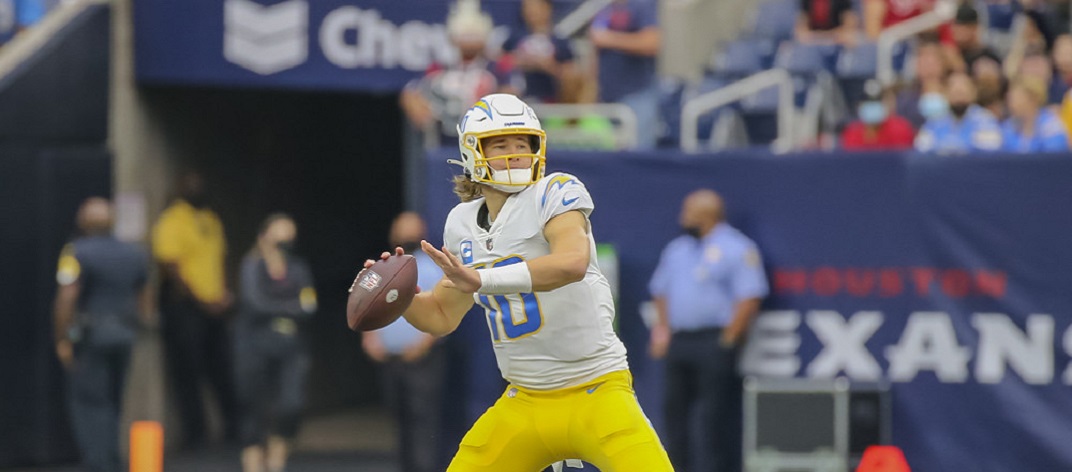Thoughts on Individual Defensive Players
By Staff Writer John Belaska
Last time we talked about keeper and dynasty leagues. This time we are going to discuss another type of league that is an alternative to the usually standard scoring formats. This is the Individual Defensive Players’ Leagues. These are fantasy football leagues that require owners to start individual defensive players at certain positions instead of starting an entire team defense. These leagues add a different competitive edge to the standard leagues. They require much more research because there are more players to choose from because you will be starting both offensive and defensive players. Unfortunately, unlike standard leagues, information on the fantasy value of individual defensive players is not as readily available as offensive players.
Like all fantasy leagues, the rules on scoring dictate who to select and who to start. There are two major formats in individual defensive players’ leagues. Both styles will award points for sacks, forced fumbles, fumble recoveries, and interceptions. However, one also will award points for tackles. Depending on if the scoring system gives points for tackles, this will give you the best indication on which defensive positions will perform better.
The first position to discuss is defensive linemen. Depending on the rules, you will be required to start at least one. There are two types of defensive line: defensive tackles and defensive ends. Always try to start a defensive over a defensive tackle in any type of format. This is because defensive ends have better chances at accumulating sacks, interceptions, fumble recoveries, and forced fumbles. Defensive linemen do not get very many tackles throughout the course of a game, so the majority of points they gain come from these statistical categories.
The next position is the most important in individual defensive players’ leagues. These are the linebackers. On average, linebackers will put up more points than defensive linemen or defensive backs. Because of this, you should always start as many linebackers as you possibly can.
There are two types of linebackers: inside or middle linebackers and outside linebackers. In leagues that award points for tackles it is always suggested to target inside linebackers. If the player is referred to as an inside linebacker it means he plays in a 3-4 defensive scheme. If he is referred to as a middle linebacker it means he plays in a 4-3 scheme. They are the same thing, so do not get caught up on this detail.
The reason you should always start middle or inside linebackers in this scoring system is because they accumulate more tackles than any other position. Normally, these types of linebackers will not accumulate many of the other stat categories. However, this is easily made up for by the number of tackles they make. They are the most consistent players for a point per tackle league.
Middle linebackers are not as valuable in individual defensive players’ leagues that do not award points for tackles. As was mentioned earlier, this is because they do not gain as many point from the other major statistical categories. Instead, in this type of scoring format it is better to target outside linebackers. Outside linebackers tend to gain more interceptions and sacks than middle linebackers.

In IDP Leagues that award points for tackles, Sean Lee is a great asset, but his value is very limited if points are not awarded for this stat.
There are two types of outside linebackers: strong side and weak side linebackers. In order to understand what they do, you must understand this football terminology. Strong side is the side of the field that includes more offensive players than the other. Weak side is just the opposite; less number of players on the field. Typically the strong and weak sides are dictated by where the tight end and full back line up. They do very much affect the quality of production in fantasy football.
In either scoring format is it always better to target weak side linebackers. This is because they have a better chance to rush the passer. The strong side linebacker normally will be used in a zone or in coverage against the tight end. The weak side linebacker will blitz more often. This is because there are less people to block the weak side of the field. Therefore, the weak side linebacker has a better chance of getting sacks than the strong side linebacker does.
The final defensive position is defensive backs. The two types of defensive backs are corner backs and safeties. Corner backs line up against the wide receivers on the outside of the field. The safeties cover the inside of the deepest part of the field and take on passing target going over the middle of the field. Depending on the league’s scoring system one is always a better start than the other.
If the league does not award points for tackles, it is always a safer option to start cornerbacks. This is because cornerback will accumulate more interceptions than any other position. This is obvious because they are the players lining up against the best receivers on the offensive.
However, in leagues that do award points for tackles it is better to start safeties. Safeties gain more tackles throughout the course of a game than cornerbacks do. This is because they will cover more space than cornerbacks. The cornerback really only covers his guy or his side of the field. The safety on the other hand, has to guard the middle of the field and help out when the ball is thrown to either side. Because of this they have more chances of tackling players.
The safeties are broken down into two separate positions: strong safety and free safety. The strong safety covers the strong side of the field. The free safety lines up on the weak side of the field and is used in a variety of different ways. Typically the free safety will always be the deepest man on the field; however, team will also call for the free safety to blitz more often than the strong safety.
When starting a safety, it is always better to go with a free safety. Because of their versatility they have better chances of accumulating stats than strong safeties. This goes for both styles of individual defensive players’ leagues.
Individual defensive players’ leagues can be very fun. They are for the veteran fantasy football fan that is looking for a nice change for the standard leagues. These types of fantasy fanatics should be prepared to do a lot more research during the offseason. Unlike offensive players, knowing what defensive players to start or target for a draft requires a much greater knowledge of how the game of football works. Making projections for these players is much more difficult because history is not as big a factor as how the actual game works. Knowing football and how it works is really the only way to be successful in this type of league. This is why the individual defensive players’ leagues are so interesting. You are playing against people who not only know and love fantasy football, but you are going to be facing owners who actually know and love the game of football.




